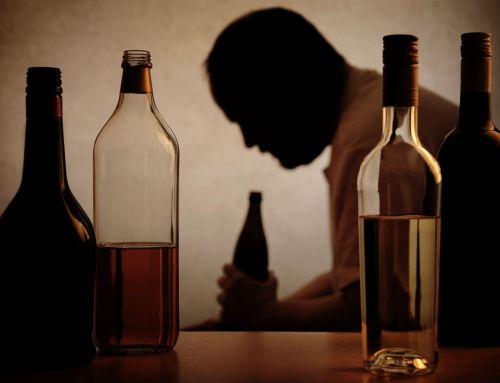
Men, Women, and Alcohol Addiction
Take what you know about alcohol addiction and sit with it for a moment. Now, close your eyes for a moment and conjure up an imaginary stranger with a drinking problem in your mind. Picture the clothing they might wear. Their height and build. How their hair looks. The way they walk and their manner of speech. Hold that picture in your mind’s eye for a moment.
Now for the magic trick: You probably pictured an adult man of about average height, over 40 years of age with a few days’ growth of beard. Chances are, regardless of your gender identity, the person you pictured who is suffering from alcohol addiction was likely a middle-aged adult male. Why is that?
Alcohol Addiction Does Not Discriminate
Of course, we all know that women with alcoholism exist. Alcoholism does not discriminate based upon gender, race, religion, age or any other factor by which human beings tend to categorize one another. Nearly everyone is aware of the fact that alcoholism is a disease of the mind that can afflict absolutely anyone. So why do most of us picture a man when we are asked to imagine someone with a drinking problem?
The answer is a little complicated perhaps. Partly it is because men are more likely to have an alcohol use disorder. So the bias many of us have which led us to assume our fictional heavy drinker was man does have a basis in reality. According to the National Institutes of Health, about 20% of adult men either abuse alcohol or have alcoholism-related health problems. Whereas only an estimated 9% of adult women have an alcohol use disorder (AUD) or health problems as the result of an AUD.
Some statistics about women and alcohol addiction:
- About 18% of women between 18-44 report that they binge drink per the CDC.
- A 2019 study found that 32% of high school females drank vs. 26% of male students.
- Approximately 17% of women aged 18-25 have an alcohol use disorder per a 2020 study.
- Women who have 1+ drinks daily have a 9% higher chance of developing breast cancer.
- Alcohol-related deaths have been rising about 15% per year since 2018 per JAMA.
Raising Awareness For Women With Alcohol Use Disorders
The point we’re driving at is that in spite of the fact there seem to be more males with alcoholism than females – alcoholic females seem to be almost invisible in our culture. Think about it. When was the last time you saw a woman with a drinking problem portrayed in a major motion picture or on a TV show?
You may remember Sandra Bullock in 28 Days or Meg Ryan in When a Man Loves a Woman. That’s about it though. For all the decades that films and TV programs have been made in Hollywood, it has only been very recently that we begin seeing stories where women with alcoholism are central characters and their alcohol addiction is acknowledged or addressed.
Why Women With Alcoholism Must Be Seen and Heard
The relative invisibility of women with alcohol addiction is a serious problem in this country. You might wonder how being underrepresented in films and TV programs could be that serious of an issue. The problem goes far beyond merely being largely ignored in fictional portrayals, but we’ll start there.
When people don’t see characters who remind them of themselves on TV or movie screens or in literature, it’s easy for them to feel unseen. To imagine they are something of an anomaly or a fluke. That can take what is already a very lonely illness and make it even lonelier.
But it also sends a message to the rest of our society, ironically by not sending the message that females with alcoholism exist. It leads the rest of us to overlook the whole idea of women having drinking problems and to perhaps see them as an outlier if we happen to encounter one.
Women with alcoholism must be seen and heard so that they know they are not alone. They must be seen and heard so they can be helped. So that the people with the resources to help can reach out and connect to them.
How a lack of visibility harms women with alcohol use disorders:
- The lack of representation in the media can make them feel unseen and alone.
- Being unseen may make them feel like their plight is unimportant to others.
- A lack of visibility and voice often translates to a lack of rights and resources.
- It’s difficult to gather support for a problem that is in most people’s peripheral vision.
- Less visibility often means less outreach from the people who can help the most.
Reasons For Hope
While women with alcoholism or other substance use disorders are still underrepresented in TV and film and less noticed than they should be in the real world, we are seeing real improvement in this area. There are good reasons to feel optimistic about progress in making women with alcoholism more visible and giving them more of a voice.
Women with alcohol use disorders will likely gain visibility and a voice because:
- Women as a whole are becoming more visible and influential in America.
- People in recovery as a group are more visible today than ever before.
- Alcoholism is less and less often treated like a “dirty little secret” we don’t discuss.
- Society as a whole is more supportive of the sober lifestyle than ever before.
Dare to Hope – We Can Help
North Jersey Recovery Center has helped thousands of women recover from alcohol addiction and heal from co-occurring mental health disorders. We can help you or your loved one too. But you have to make the first move. Call us now at (877) 790-5873 or submit your information here to see how we can help.






